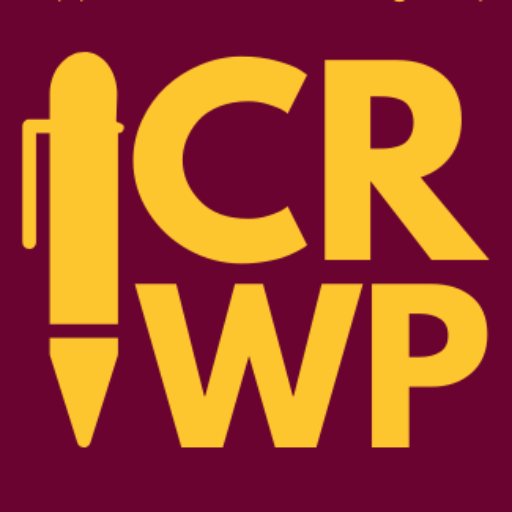Megan Kowalski (@MeganKowalski7) was the second presentation in our line up for the 2021/2022 webinar series. Megan presented on the ways that she helps struggling writers and English Language Learners (ELLs) in both physical and virtual classrooms. Megan has taught a variety of elementary and middle school grade level special education students for Chicago Public Schools.
Megan started her presentation by asking us to define what differentiation is — and what it is not. She had us answer in a Google Doc and share our ideas. Megan’s definition of differentiation is how to match and mesh your teaching style with how your students learn, and she encouraged us to keep “rerouting” until you reach success in the classroom. Megan’s presentation was rooted in four contentions:
- Keep your expectations high and get ready to invest some time
- Validate thinking as much as possible
- Find opportunities to build fluency and let kids enjoy writing and thinking
- Offer a clear prompt and a mentor text (preferably written by you).
She then gave us four tips on how to enact those contentions in our virtual and personal classrooms. Megan talked about the importance of rules and procedures. She walked us through her classroom and how she has set up ways to maximize her learning time and set her students up for success. She made suggestions about how to manage her virtual classrooms by using Google Sites as opposed to Google Classrooms.
Megan also discussed the templates from They Say/I Say as writing structures that help students think critically about what they want to say (many of the templates available in this GDoc). This allows students to focus on all the little stuff and focus on the bigger ideas that they need to showcase in their writing. Then, she discussed the importance of hyperdocs in both virtual and in person classrooms. Hyperdocs help keep students organized, as they are self-paced and they scaffold students learning. Additionally, Hyperdocs are also really easy to modify for struggling students. Megan also stresses the importance of Hyperdocs for teachers as a planning tool as well.
Her last tip is to use pictorials to help students who are struggling with reading. This is helpful for students who are learning to read, ELLs, and/or students who are lower-level readers. Pictorials are picture summaries that allow students to show their understanding of the reading. Megan stressed the idea of modeling and sticking with this strategy, even though it seems like it takes a while; ultimately, she contends that this is a great strategy to get students to really show and build their understanding of the text. This also allows them to help build a “movie in their mind,” since they don’t often make those connections in the way other students do.
Megan suggested the text Rethinking Disabilities by Jan Valle and David Conner and the WIDA Consortium’s resources as additional reading materials to help educators become better at meeting struggling students where they are.
We learned a great deal from Megan, and we hope that you, too, learn from her recorded session or by taking a look through her session slides.
The Chippewa River Writing Project is a site of the National Writing Project at Central Michigan University. Currently, our site is supported only through grants and professional development work. Teacher consultants involved in the webinar series are donating their time, talent, and energy to these events.
If you appreciate the ideas that these teacher consultants are sharing, and are willing to support our work, please visit <giving.cmich.edu> and select “Chippewa River Writing Project.” If you are interested in having us work with your school or district, please contact our Director, Dr. Troy Hicks <troy.hicks@cmich.edu>. Find out more about CRWP at <chippewariverwp.org>.


Leave a Reply
You must be logged in to post a comment.